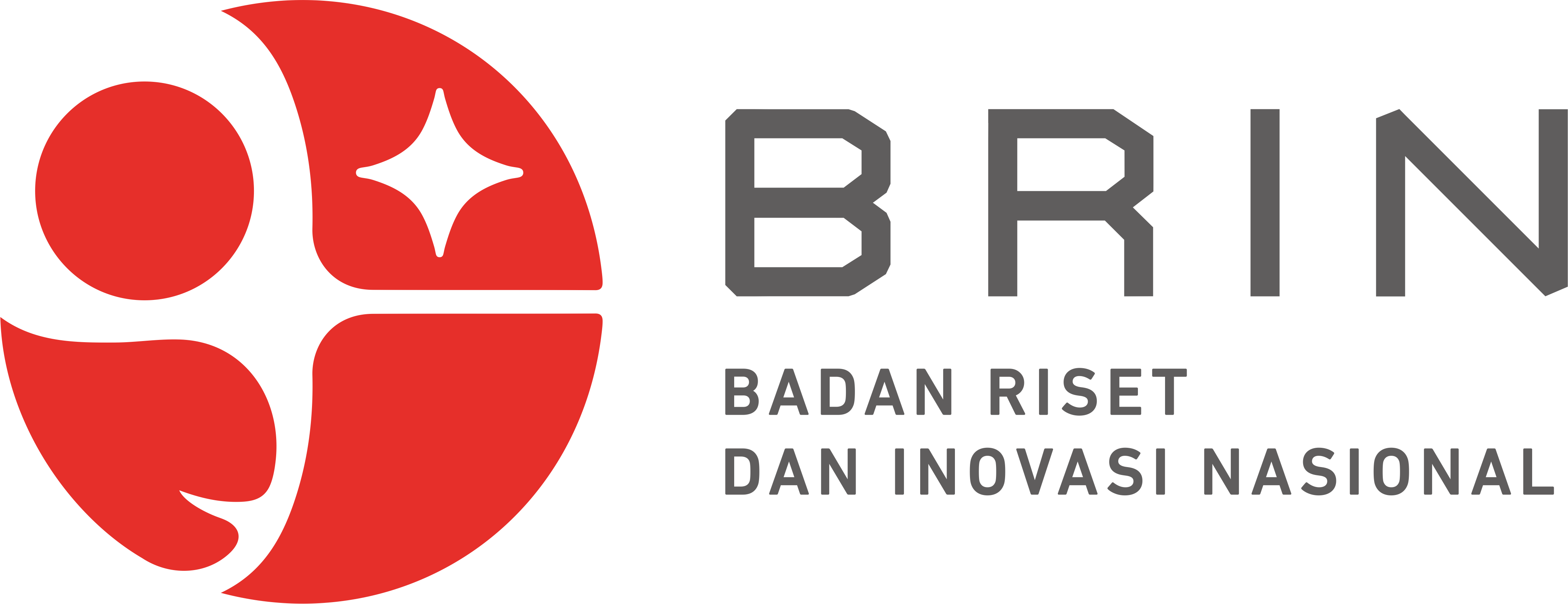HUBUNGAN USIA DAN PARITAS IBU TERHADAP KETERATURAN PEMERIKSAAN ANTENATAL CARE PADA IBU HAMIL
Abstract
women to reduce maternal and infant mortality. The high rate of maternal and infant mortality is partly due to the low level of maternal knowledge and the irregular frequency of ANC examinations. The regularity of ANC can be shown through the frequency of visits, this turns out to be a problem because not all pregnant women check their pregnancy regularly so that abnormalities that arise in pregnancy cannot be detected as early as possible (Sarwono, 2015). The purpose of this study was to determine the relationship between maternal age and parity on the regularity of antenatal examinations. This study uses an analytical survey with a cross sectional approach. The population of this study were 315 pregnant women. The number of samples in this study were 176 respondents. In the univariate analysis, it was found that from 176 respondents, there were 114 respondents (64.8%) of mothers with high risk age and 62 respondents (35.2%) of mothers with high risk parity. respondents (63.1%) and maternal parity with low risk as many as 65 respondents (36.9%). Bivariate analysis showed that age had a significant relationship with the regularity of the ANC examination (p value 0.002) and parity had a significant relationship with the regularity of the ANC examination (p value 0.001). The conclusion of this study is that there is a relationship between maternal age and parity on the regularity of antenatal care examinations.
Keywords : age, parity, antenatal care













